Sarangchae de Cheong Wa Dae (청와대사랑채)
10.1Km 2025-04-18
Hyoja-ro 13-gil 45, Jongno-gu, Seúl
Sarangchae de Cheong Wa Dae es un espacio donde los visitantes pueden aprender sobre cultura coreana y la historia de los presidentes de Corea. Los visitantes pueden también conocer algunas anécdotas e historias relacionadas con Cheong Wa Dae y sentir el encanto de hacer turismo en Corea.
Eunae Madang (은애마당)
10.1Km 2021-03-25
11, Dosin-ro, 53-gil, Yeongdeungpo-gu, Seoul
+82-2-846-3787
It is a dish made of fermented skate with strong aroma. This Korean dishes restaurant is located in Yeongdeungpo-gu, Seoul. The most famous menu is sliced raw skate.
CAFÉ MAMA'S - Yeoido Branch (카페마마스 여의도)
10.1Km 2021-03-30
780, Gukhoe-daero, Yeongdeungpo-gu, Seoul
+82-2-783-5505
It is a brunch café serving delicious ricotta salad and panini. The best menu at this restaurant is panini. This Western dishes restaurant is located in Yeongdeungpo-gu, Seoul.
Haeunjae [Korea Quality] / 하은재 [한국관광 품질인증/Korea Quality]
10.1Km 2025-01-02
68-10, Jahamun-ro, Jongno-gu, Seoul
Haeunjae (下隱齋), meaning “hermit’s residence,” is a hanok (traditional Korean house) residence located in Seochon Hanok Village, near Gyeongbokgung Station on Seoul Subway Line 3. It is dedicated to the ideal of “movies and rest,” and takes after the characteristic form of modern hanok with a small courtyard. The entire house is rented out at once, with a queen bedroom, kitchen, movie room, and two restrooms. Up to 4 guests can reserve the house, with each additional guest above the standard of 2 having access to additional bedding.
The movie room is furnished with a Bose sound system, beam projector, and screen, along with a mobile foot bath. The kitchen is equipped with a refrigerator, hand drip coffee maker, toaster, electric kettle, and utensils. A 10% discount is available for guests staying for more than 2 nights on weekdays, and towel replacement and cleaning services are offered for guests staying for more than 3 nights.
The residence is located close to tourist sites like Tongin Market, Gyeongbokgung and Changdeokgung Palaces, and Samcheong-dong area.
Gomonae Wonjo Kongtang (고모네원조콩탕)
10.1Km 2021-03-26
13, Pungseong-ro 57-gil, Gangdong-gu, Seoul
+82-2-485-4675
Opened in 1989, this store always has a lot of customers waiting in line. This Korean dishes restaurant is located in Gangdong-gu, Seoul. The most famous menu is noodles in cold soybean soup.
Seoureseo Duljjaero Jalhaneunjip (The Second Best in Seoul) (서울서둘째로잘하는집)
10.1Km 2021-04-06
122-1, Samcheong-ro, Jongno-gu, Seoul
+82-2-734-5302
The delicious, sweet, red-bean soup called “Danpatjuk” in Korean and served at “The Second Best in Seoul” has been an all-time favorite since it opened in 1976. Not only the exterior, but the interior as well, is very simple and modest, similar to a teahouse in the '70s. This does not keep people from coming back because the unforgettable taste of the sweet red-bean soup makes them return again and again.
“The Second Best in Seoul” was originally opened as a teahouse for traditional Korean medicinal tea; sweet red-bean soup being one of the main specialties on their menu list. But, nowadays, sweet red-bean soup has become the most popular menu item. Sweet red-bean soup can be enjoyed as a light meal because it fills you up quickly. In addition, the chestnuts, gingko nuts, red beans, and glutinous rice cake that are in the thick red-bean soup provide good nutrition.
TIP: The name is very special, right? “The Second Best in Seoul” was named by their modest mind of making food with utmost sincerity.
Chuncheonjip Dakgalbi Makguksu (춘천집닭갈비막국수)
10.1Km 2019-12-24
1, Yonsei-ro 5ga-gil, Seodaemun-gu, Seoul
+82-2-325-2361
This Dakgalbi restaurant is located in Sinchon, an area surrounded by universities and populated by students. Chuncheonjip Dakgalbi Makguksu’s most popular dish is Dakgalbi, which is prepared by marinating boneless chicken in spicy red pepper paste and stir-frying it with various ingredients in a large cast iron pan. For an extra tasty treat, try adding an assortment of noodles to the chicken as it cooks. After you’ve finished eating your Dakgalbi, don’t forget to order rice to stir-fry in the pan to soak up the extra, flavorful sauce!
The restaurant offers a simple Dakgalbi menu at an affordable price. Thanks to the restaurant’s delicious food, reasonable prices, and casual atmosphere, the restaurant is always full of people.
Mapo Sutbul Galbi (마포숯불갈비)
10.1Km 2021-03-25
9-1, Dosin-ro, 53-gil, Yeongdeungpo-gu, Seoul
+82-2-841-2729
This is a place where you can enjoy Korean pork ribs personally cooked by the owner. This Korean dishes restaurant is located in Yeongdeungpo-gu, Seoul. The most famous menu is grilled spareribs.
Maknae Heo Center (막내회센타)
10.1Km 2021-03-25
7, Dosin-ro, 53-gil, Yeongdeungpo-gu, Seoul
+82-2-844-6150
It is a store where you can enjoy fresh seafood. The best menu at this restaurant is assorted sliced raw fish. This Korean dishes restaurant is located in Yeongdeungpo-gu, Seoul.
Sitio de Estudio de la Naturaleza y Flores Silvestres de Gwacheon (과천야생화자연학습장)
10.1Km 2023-07-21
Gyoyukwon-ro 118, Gwacheon-si, Gyeonggi-do

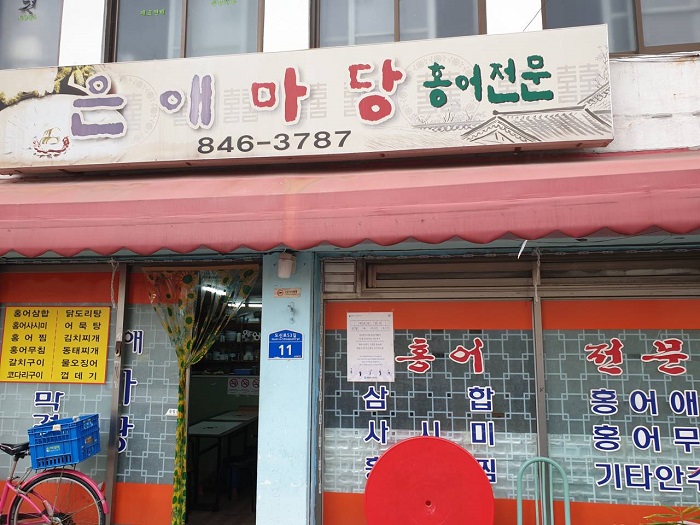
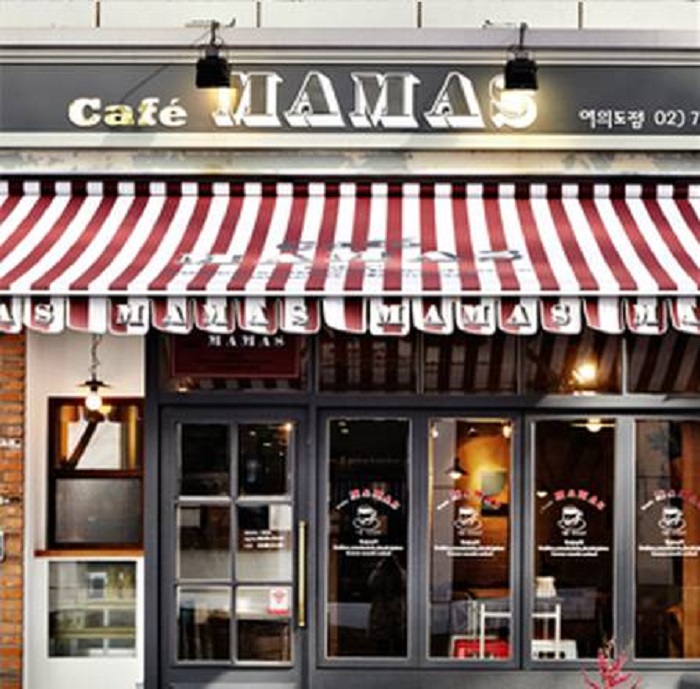
![Haeunjae [Korea Quality] / 하은재 [한국관광 품질인증/Korea Quality]](http://tong.visitkorea.or.kr/cms/resource/88/2707588_image2_1.jpg)
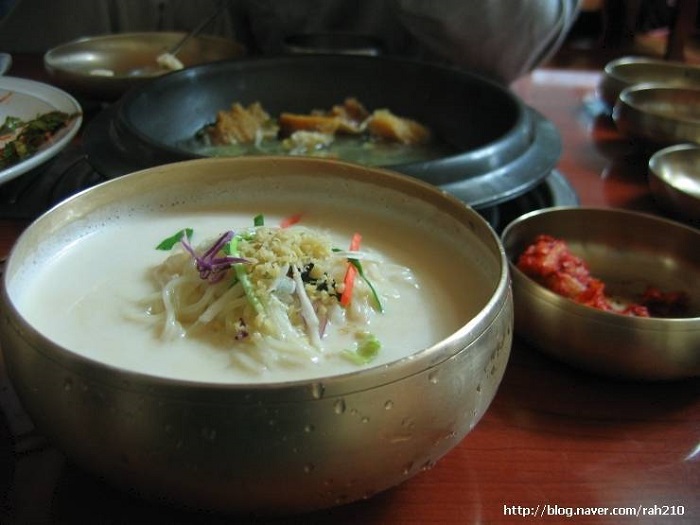
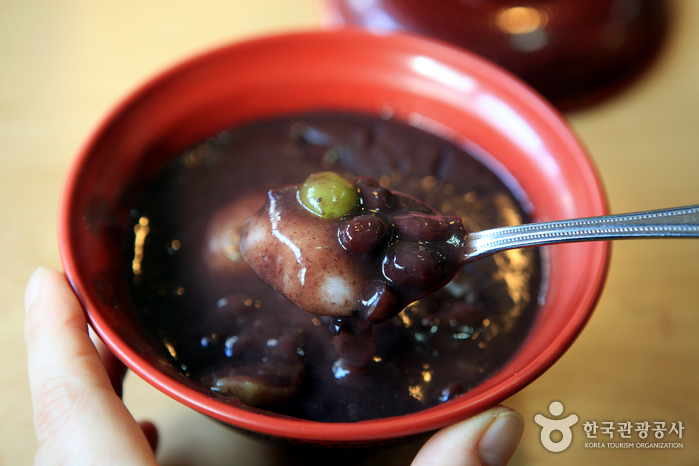
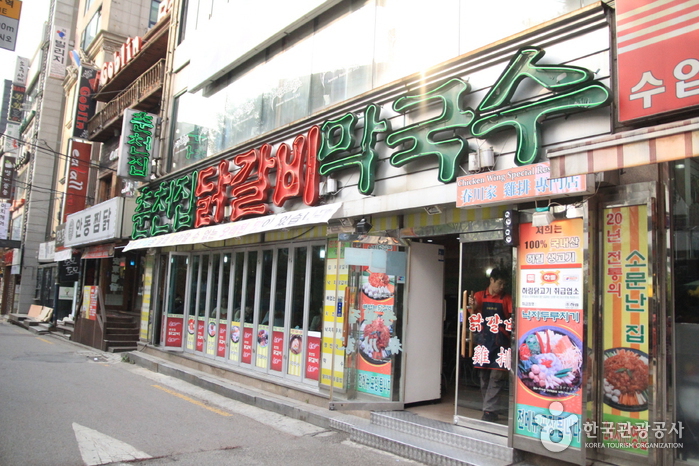
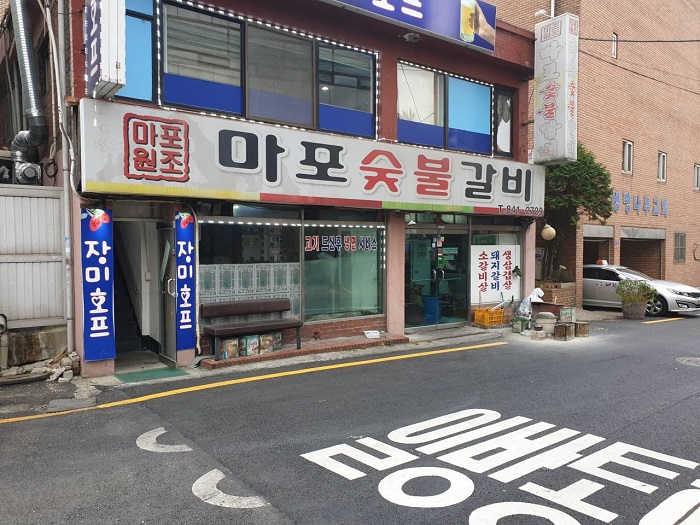


 Español
Español
 한국어
한국어 English
English 日本語
日本語 中文(简体)
中文(简体) Deutsch
Deutsch Français
Français Русский
Русский